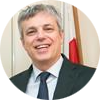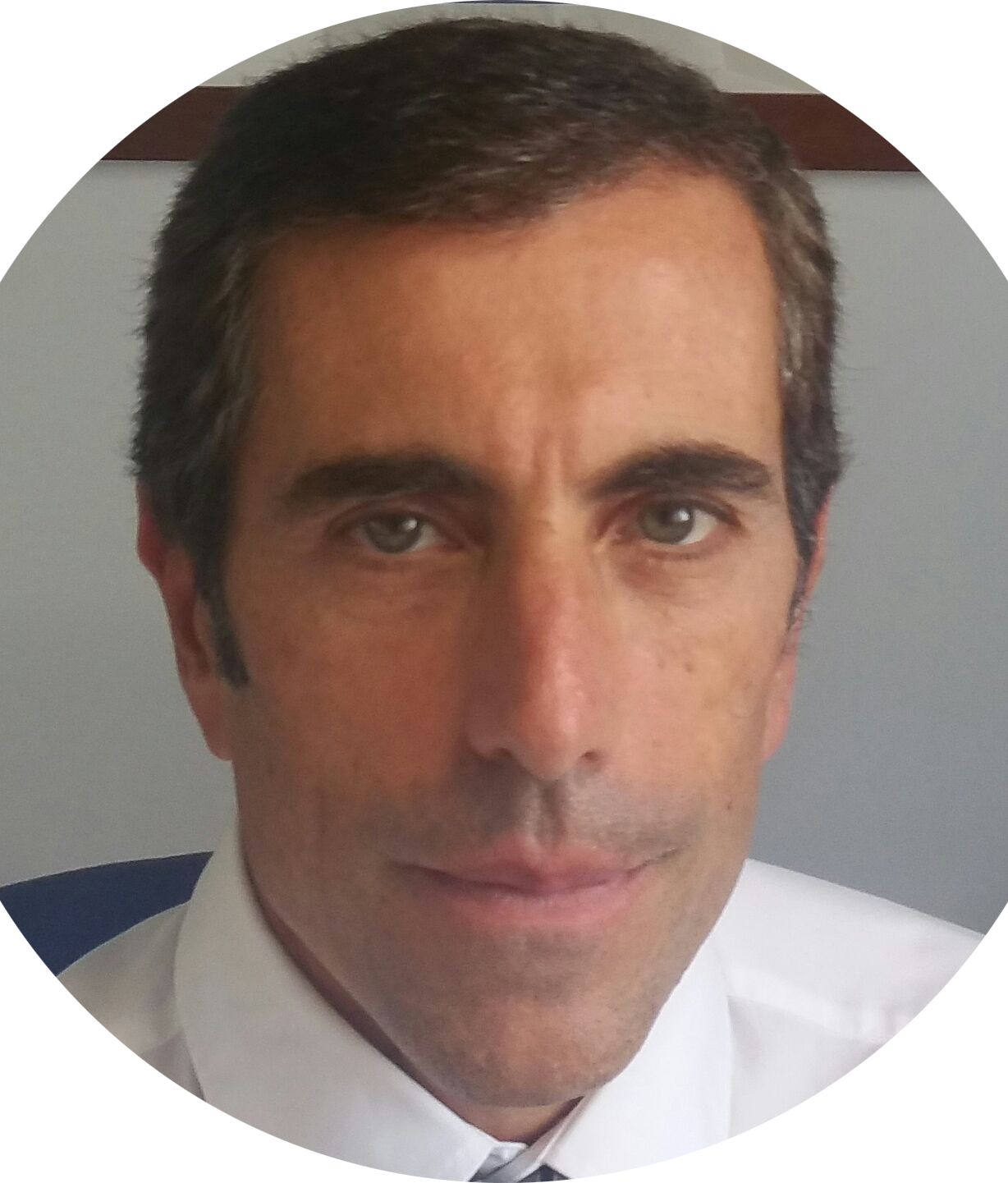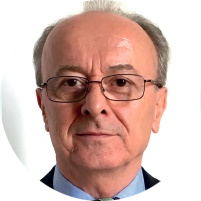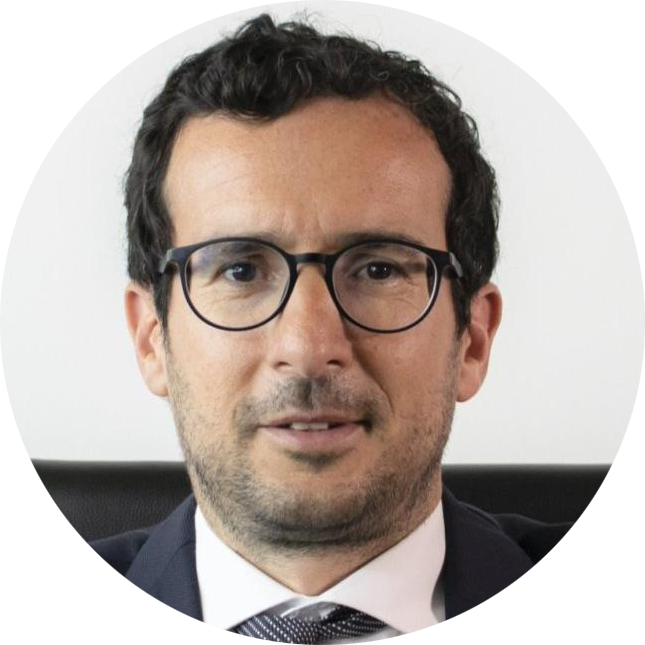Progetto Zefiro: Four Italian Pension Funds are investing almost EUR200 million in Private Debt
Co-authors: Nicola Frangi, Chair of the Gomma Plastica Fund, Leonardo Zannella, Chair of Fopen and Roberto Arioli, Chair of Previmoda.
After investing in Private Equity, Italian second pillar pension funds Gomma Plastica, Fopen, Pegaso and Previmoda, have launched the process that will lead them to invest a part of their portfolios in a second illiquid asset class.
On December 19th 2020, the aforementioned funds launched a tender to select a manager (AIFM) to assign mandates related to the investment in private debt funds. The total commitment the funds have resolved to invest amounts to EUR 195 million. Here is the take on the project with Nicola Frangi, Chair of the Gomma Plastica Fund; Leonardo Zannella, Chair of Fopen; Gianluca Delbarba, Chair of Pegaso and Roberto Arioli, Chair of Previmoda.
Progetto Zefiro, or Project Zephyr, owes its name and inspiration to the mild and gentle Western Wind, which has been associated to the season of Spring, and according to one version of the myth, Zephyr is Iris’ spouse – Progetto Iride (Project Iris), this being the funds’ earlier and first initiative to pool funds to invest in Private Equity in 2018. In some way, the funds have tried to maintain a common denominator; this myth seeks to evoke positive results expected from this project. You can read more about Progetto Iride here .
Why did you opt for this model?
The main reason certainly concerns the benefits that come from joining forces: cost containment on both fixed costs (preliminary study, project development and mandate implementation), and management fees. There are ‘qualitative’ benefits too that should not be neglected, like the possibility to confront and assess the with three other pension funds, thus allowing for an acceleration of the path to deep dive into these instruments/markets, fostering the sharing of best practices and strengthening the decision-making process as regards the new asset classes in the universe of closed pension funds, which sometimes present complex options.
First Private Equity, why Private Debt now?
Within a framework of low forward-looking profitability, the main reason lies in the possibility to further diversify the portfolios and the yield sources to strengthen the attainment of the pension goals for our members. Particularly, the part of invested debt shows a prospect profitability close to zero, due to the expansion monetary policies adopted again by the ECB vis-à-vis the economic crisis generated by the Covid-19 pandemic. On the other side, the current situation highlights a higher need to finance the companies that do not access public listing and that are then ready to incur a higher cost to finance their development plans. Last but not least, our pension funds have the opportunity to benefit from the illiquidity risk premium, which also applies to Private Debt.
We are still strongly convinced that the concept of a management mandate is the one that the legislator privileges for closed pension funds over direct investment; in fact, such modality has been considered and confirmed in the last two years thanks to experiences of the Pension Funds involved, starting with the first specialized Private Equity mandate, the Iride mutual experience, the more and more common multi-asset mandates and the Zefiro initiative in the field of Private Debt. The advantages have been clear since the beginning and the Pension Funds endowed with appropriate mass and consolidated organizational structure want to pick them. In short, they can be summarized as follows:
-
The possibility to avail of the technical-professional skills of a manager regarding the selection process of AIFs and of the companies they are investing in;
-
A wider diversification, in terms of the number of AIFs, management teams and underlying investments, compared to that attainable by each fund individually;
-
Operating and management streamlining, since a single reference point shall be available instead of a plurality of managers, which would cut operating costs.
What segment and geographical areas are you focusing on?
The principal selected strategy is that of senior secured or untrenched corporate direct lending, with other strategies admitted residually. This type of investment accounts for the most considerable segment in size within the Private Debt universe and its characteristics are consistent with the risk/return profile of our pension funds.
As concerns the geographical area, the investment shall be focused mostly on the European Economic Area and leaning to the domestic market, while a diversification on the US market is also expected.
Managing a selection involving four funds requires a defined set of shared rules, procedures and assessment methods. How was this achieved?
The selection process started based on the provisions in the Legislative Decree no. 252/05 and the Covip (the Italian Regulator) resolution of December 9th, 1999; hence, we envisaged a first phase based on the analysis of the questionnaires that will lead to identifying a short list. In the second phase, the economic offer will be assessed and the auditions completed based on a set of common questions and on specific aspects for each short-listed candidate. The funds have preventively approved a document to define the rules for the selection process. The coordination of the preliminary work for the whole process was assigned to a working group gathering an equal number of representatives from all the funds, while the resolution power lies on the Boards of Directors of the single funds.
How relevant is Sustainability within the scope of the AIFM selection?
While preparing the selection documents, we focused particularly on ESG criteria, since the investment in the real economy must appropriately translate the best practices for corporate management, not only to grow the investments but also to increase their quality and value add. The same focus shall be devoted to arranging the convention and to monitoring the investments. This year has taught us that sustainability is not an option anymore, particularly within private markets where the need to develop this is very much at the forefront.
What is the timeline expected to be to implement the mandates?
The goal is to close the AIFM selection process within March 2021 and to complete the contractual and operating set-up so that we can launch the mandate operations during the second half of 2021. We will need involvement, sharing and consistency even more than in the previous phase, given that the goal is to select a single AIFM to sign all the management mandates included in the tender. To this purpose, we will have to create a common convention scheme for all mandates and activate a working table to involve the manager with the depositaries and the administrative service partners to define the operating set-up, including the reporting model that must enable the funds to fulfil the regular reporting obligations to Covip and the limitation control ones under the provisions in the Ministerial Decree no. 166/ 2014.
Do these experiences preempt future projects and investments of the like?
It being understood that all decisions will be made by the Boards of Directors that will govern our pension funds from time to time, the chairs do not exclude further initiatives in the same asset classes to stabilize their quotas on alternatives or other asset classes (like infrastructures) in the future.
Further information on the Zefiro Tender can be found here or by downloading the PDF below.




In order: Nicola Frangi, Chair of the Gomma Plastica Fund, Leonardo Zannella, Chair of Fopen, Roberto Arioli, Chair of Previmoda and Gianluca Delbarba, Chair of Pegaso.
